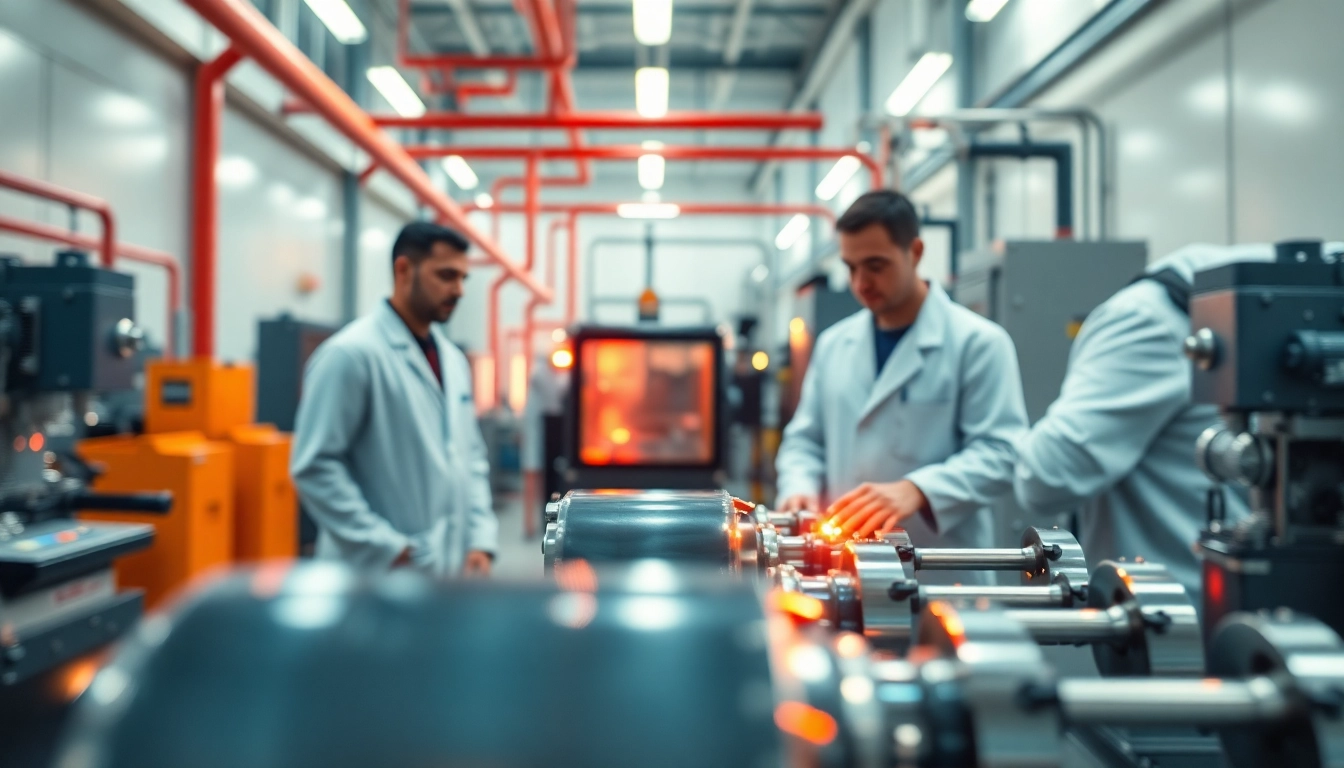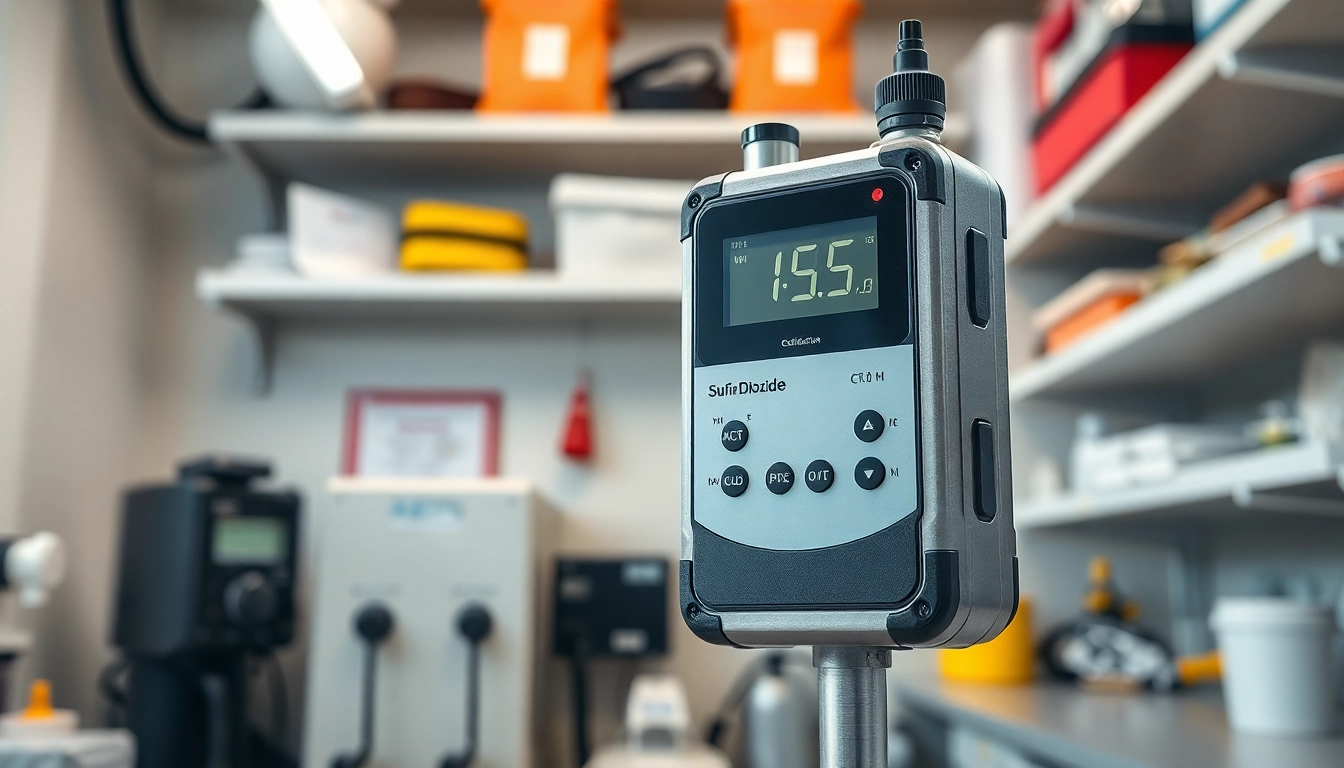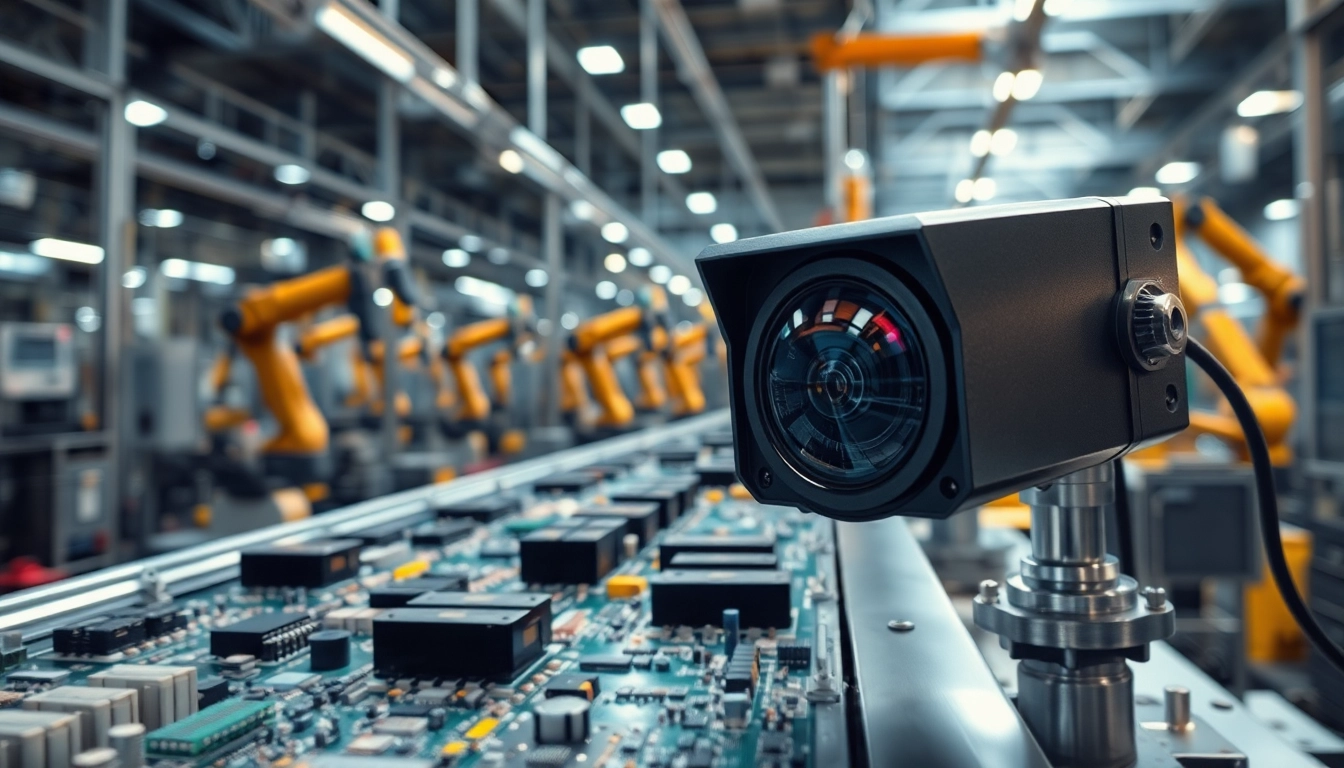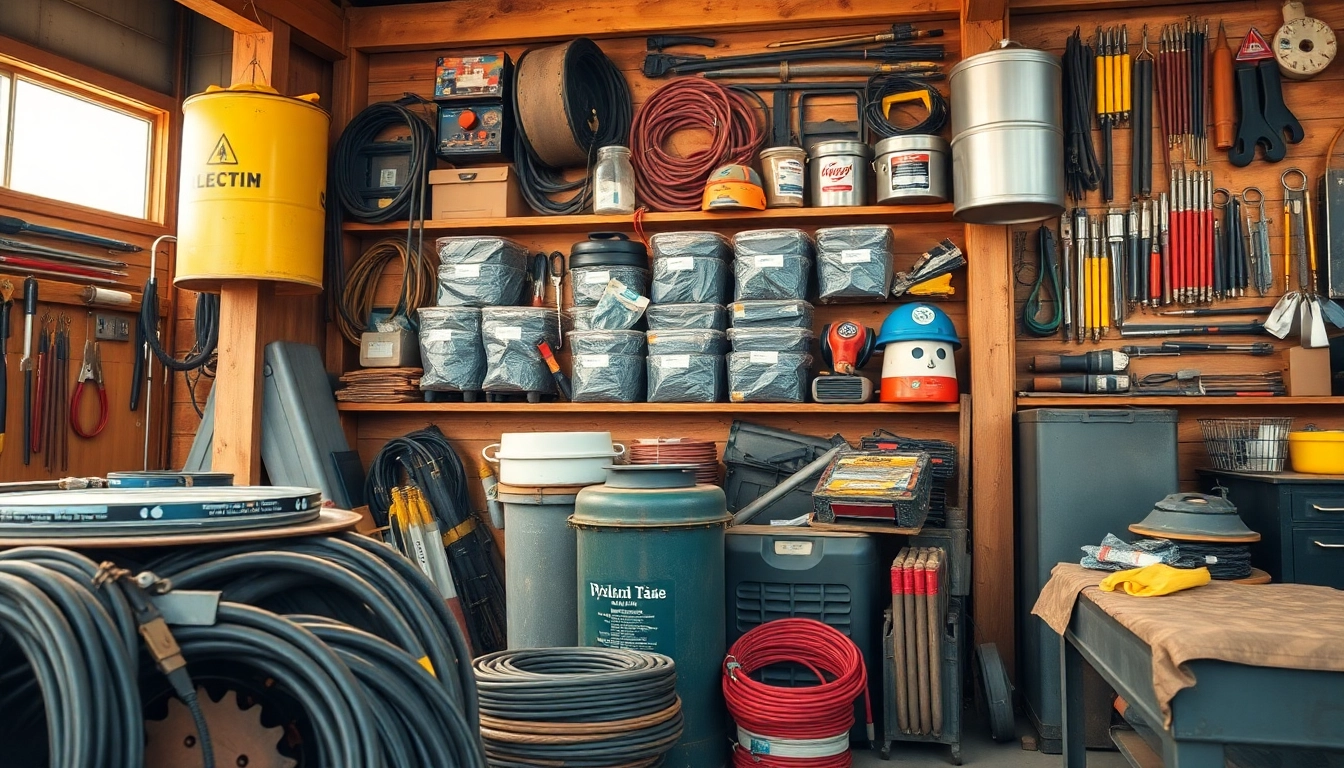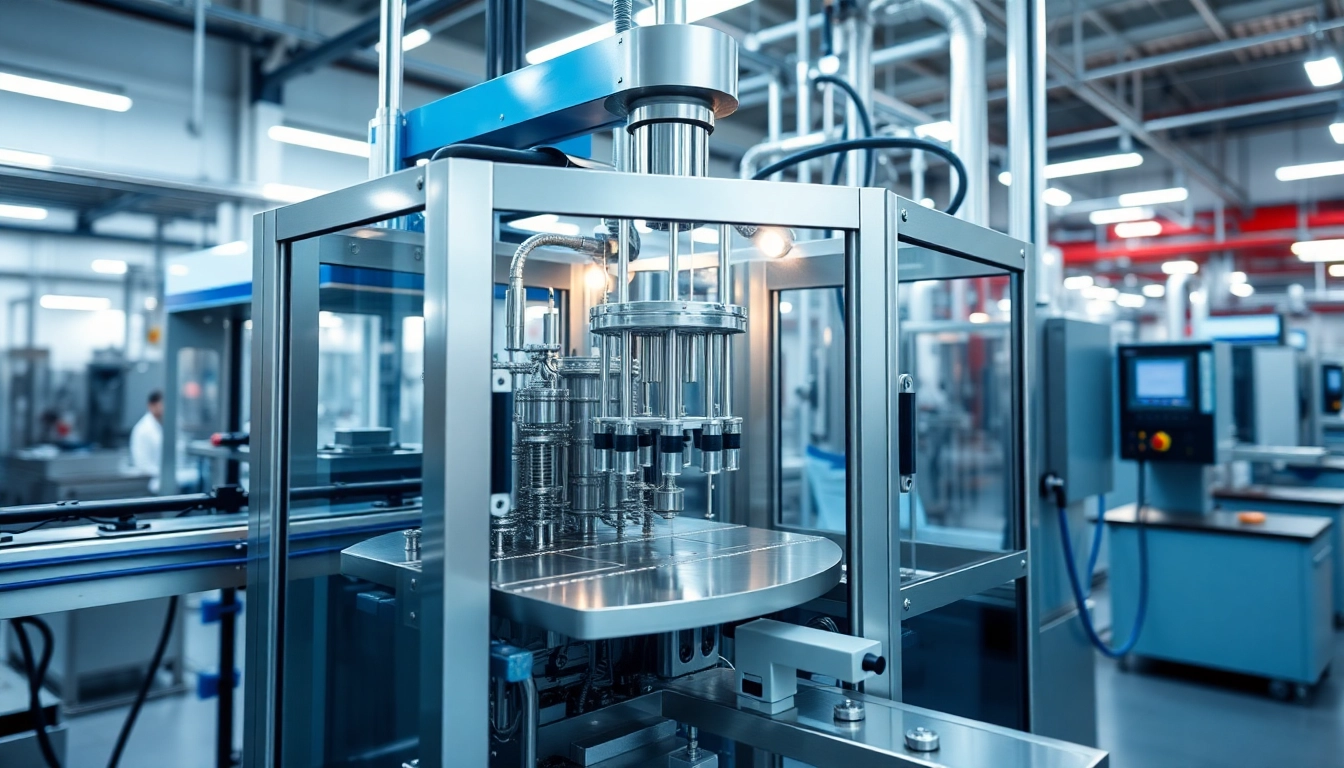Understanding EP Coating
What is EP Coating?
Electrophoretic coating, commonly referred to as ep coating, is a robust surface finishing process that involves the application of a protective and decorative layer to conductive substrates, primarily metals. This innovative technique utilizes electrical charge to deposit paint particles from a liquid medium onto the surface of the substrate, resulting in a uniform and durable coating. Known for its excellent adhesion and corrosion resistance, EP Coating has become highly regarded in various industries, including automotive, electronics, and machinery.
History and Evolution of Electrophoretic Coating
The roots of electrophoretic coating trace back to the mid-20th century when the industrial demand for effective corrosion resistance solutions surged. Initially, the process was limited to experimental applications; however, as industries recognized the benefits, technological advancements propelled its commercialization. The first substantial use appeared in the automotive industry, where the need for resilient finishes was paramount. Over the decades, ongoing research and development have refined the process, leading to improvements in coating thickness control, uniformity, and finish quality.
Common Applications of EP Coating
EP Coating serves a multitude of applications across different sectors:
- Automotive Industry: Often employed for the underbody and frame components to provide superior corrosion resistance.
- Electronics: Used to coat various electronic components, enhancing insulation and protection.
- Heavy Equipment: Ideal for machines that operate in harsh environments, reducing wear and tear.
- Household Appliances: Applied to parts of appliances like washers and dryers for aesthetics and durability.
Benefits of EP Coating
Superior Corrosion Resistance
A key advantage of EP Coating is its exceptional ability to resist corrosion. Unlike traditional painting methods, which can leave exposed areas, the electrophoretic process ensures comprehensive coverage, effectively protecting the substrate from moisture and chemicals. This characteristic makes EP Coating particularly advantageous in outdoor applications or environments with high humidity or corrosive substances.
Classes of EP Coatings
EP Coatings can be categorized generally into two main types: cathodic and anodic coatings. Each type offers distinct properties:
- Cathodic Coatings: These are primarily used for metals, providing excellent corrosion resistance and durability, making them suitable for automotive and industrial applications.
- Anodic Coatings: Generally applied to less corrosive environments, this type is mainly used for decorative purposes and where a lighter, more aesthetic finish is desired.
Comparative Advantages over Traditional Coatings
When comparing EP Coating with traditional spray painting or powder coating, several distinct advantages emerge:
- Uniform Thickness: EP Coating achieves a consistent thickness regardless of the part’s geometry, unlike other methods that may require significant reapplication in recesses or hollow areas.
- Reduced Environmental Impact: The process generates less hazardous waste compared to conventional methods, aligning with stricter environmental regulations.
- Enhanced Bonding Strength: The electrophoretic process leads to a stronger bond between the substrate and the coating, ensuring longevity and durability.
Industries Utilizing EP Coating
Automotive
The automotive industry is perhaps the most significant user of EP Coating technology. It is critical in enhancing the longevity of vehicles by protecting parts from rust and deterioration caused by environmental factors. With stringent safety and performance standards, manufacturers leverage EP Coating to ensure their products meet and exceed expectations.
Electronics
In the electronics sector, EP Coating is essential for insulating circuits and components. By applying a thin yet effective layer, manufacturers can enhance the reliability and safety of electrical devices, minimizing the risk of short circuits and improving overall product lifespan.
Heavy Machinery
Heavy machinery is exposed to harsh operating conditions, including abrasion and corrosion. EP Coating provides robust protection, allowing equipment to maintain operational efficiency and durability over extended periods. This is particularly crucial in industries like construction and agriculture, where equipment is continuously subjected to challenging environments.
EP Coating Process Explained
Step-by-Step Overview
The EP Coating process can be summarized in several key steps:
- Preparation: Parts are cleaned and pre-treated to remove any contaminants that could impair adhesion.
- Electrophoresis: The electrically charged paint particles are dispersed in a liquid bath, which is then subjected to an electrical current that attracts the particles to the grounded substrate.
- Rinsing: Excess paint is removed to achieve an even finish.
- Curing: The coated parts are heated or cured to form a hard, durable film.
Factors Influencing Coating Quality
Several factors can impact the quality of the EP Coating, including:
- Treatment of the Substrate: The pretreatment process is critical in determining how well the coating adheres to the surface.
- Bath Composition: The chemical composition of the electrophoretic bath influences color, thickness, and overall finish.
- Current Density: The electric current applied during the process affects the deposition rate of the coating.
Safety Measures and Best Practices
Ensuring safety during the EP Coating process is paramount. Proper ventilation, use of personal protective equipment (PPE), and adherence to safety protocols regarding chemical handling and electrical equipment are essential to safeguard workers and the environment.
Future Trends in EP Coating Technology
Innovations on the Horizon
The landscape of EP Coating is continually evolving, with several innovations on the horizon, including the development of more eco-friendly coatings and advancements in automated processes. These innovations aim to improve efficiency while minimizing the environmental footprint associated with traditional coatings.
Sustainability and Environmental Impact
As industries strive for sustainability, the EP Coating process is increasingly being refined to utilize low-VOC (volatile organic compound) materials. This shift not only complies with government regulations but also aligns with consumer demand for greener products.
Case Studies of Successful Implementations
Numerous case studies demonstrate the successful application of EP Coating in various sectors, showcasing significant improvements in durability and maintenance costs. For example, automotive manufacturers adopting EP Coating report enhanced vehicle longevity and decreased warranty claims due to rust-related issues.
